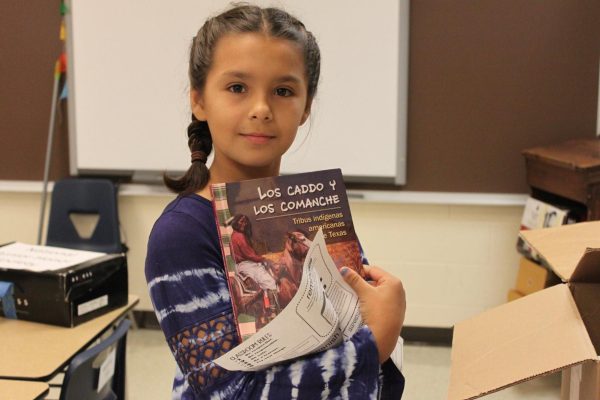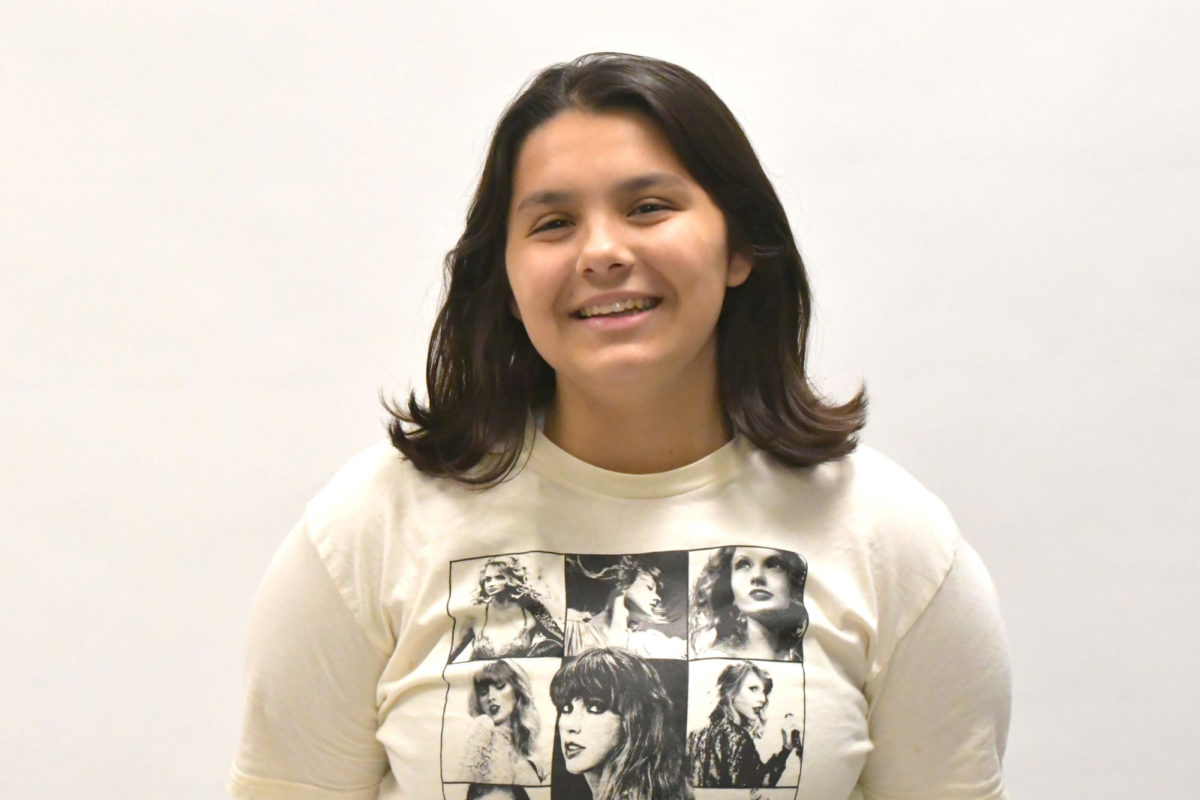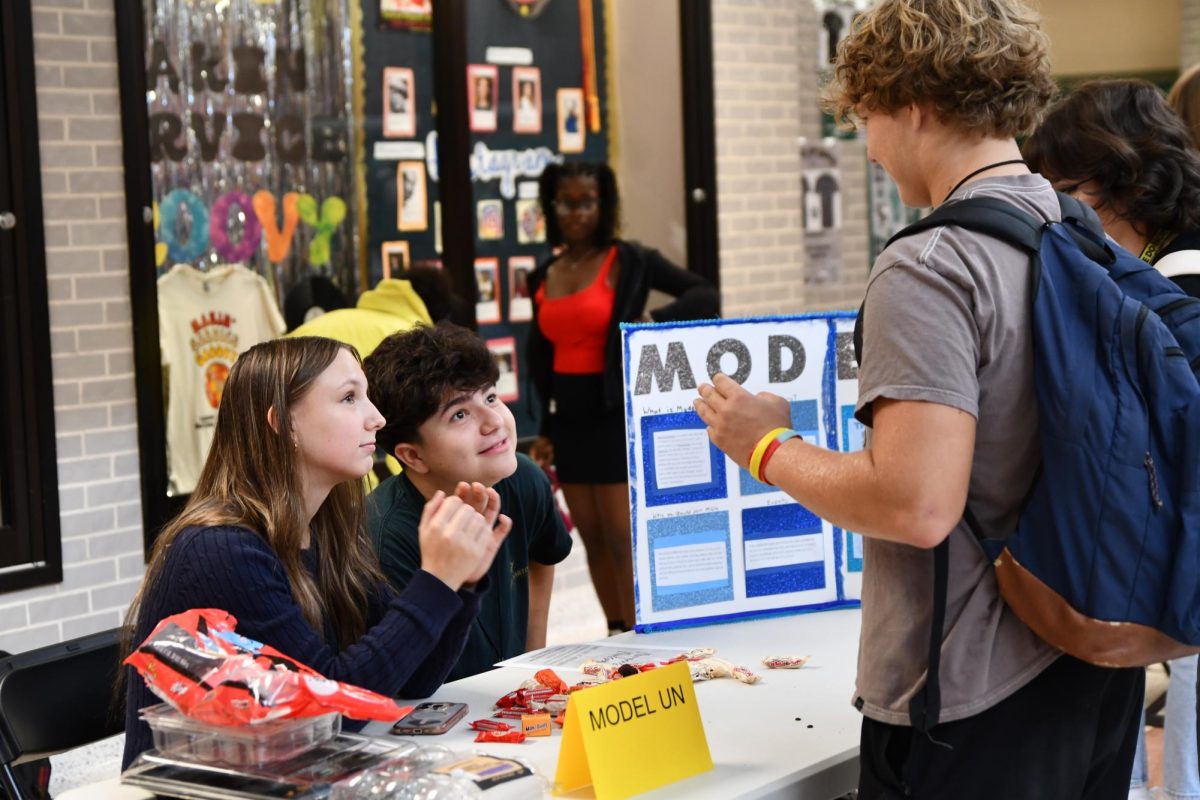I was sitting in my fifth grade class when my teacher called my name for reading groups. I sat quietly listening to the others read. It didn’t take long to realize my love of reading was not shared by my group. They struggled through sentences.
I loved reading. The Harry Potter series captivated me since second grade. I was a fast reader, yet I had been placed in the lowest reading group in a class with students who needed special assistance.
My teacher had taken one look at me and my last name and placed me on the latter end of the reading level spectrum. I had moved from a fairly white suburb of Kingwood with a 21% Hispanic population at the end of fourth grade to a predominantly white suburb in Missouri with a 5% Hispanic population. Outside of my immediate family, I started to see no other Hispanic people.
I soon realized that my tan tone was occasionally all people saw when they looked at me. I realized being placed into the lowest reading group was not an accident. I eventually was moved to the highest reading group that year, and I finished the school year with straight A’s. I was feeling good going into middle school until course placements for sixth grade came out. My teacher recommended all on-level classes for me in middle school.
Nothing I did that year made her see me beyond her initial judgments. My parents put in appeal at the school to get me into advanced level classes offered in sixth grade. They won the appeal and I continued excelling in the classroom, but the stereotype and treatment from a teacher was upsetting.
Before I moved to Missouri, I was in a Spanish Immersion program at Bear Branch Elementary, where my core classes were taught in Spanish. My mom is non-Hispanic white and doesn’t speak much Spanish, while my dad is a first-generation son of Mexican immigrants whose first language was Spanish. Due to my mother’s lack of Spanish, we didn’t speak it often around the house. Spanish Immersion helped me communicate with my Mexican grandparents and Spanish-speaking relatives. After I moved to Missouri I stopped speaking Spanish daily and became self-conscious of my Spanish.

In sixth grade, my Spanish teacher introduced me to Selena Quintanilla. I could see myself in her. She was a Texan; and despite singing predominantly in Spanish, she wasn’t fluent. Discovering Selena helped me develop a sense of pride in my roots, and I was able to lose the sense of shame for not growing up 100% connected to my Mexican roots.
By seventh grade, my family moved back to Texas. The lack of diversity in Missouri was a push factor. Growing up, my dad would remind my sisters and me that we had to dress nice and speak formally to overcome stereotypes we would undoubtedly face. I finally realized the gravity of that advice. As humans, we judge one another. Over the years, I became cognizant that I can be judged harshly just for being Latina.
After returning to Texas, I began speaking Spanish more and became involved in organizations to connect with some of the Latinos on campus. My Spanish is nearly fluent now, and I practice it whenever I can. When working at the Houston Zoo, I wear a special button that says, “Hablo Español,” inviting Spanish-speaking guests to ask me questions.
Classmates still question if I am more white or Latina, but it does not hurt me as deeply as it did in fifth grade when I did not understand how society viewed Latino or bicultural people like me. I work hard, embrace my culture and I am determined to be a changemaker going forward, helping pave the way for Latinas and bicultural girls like me.









